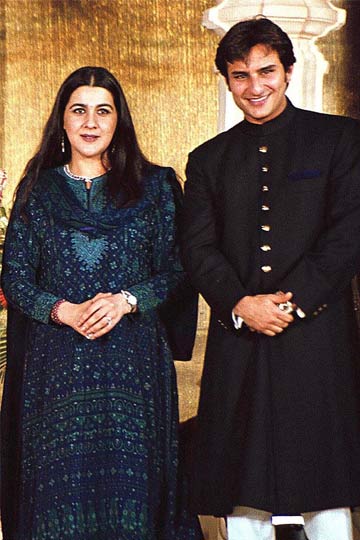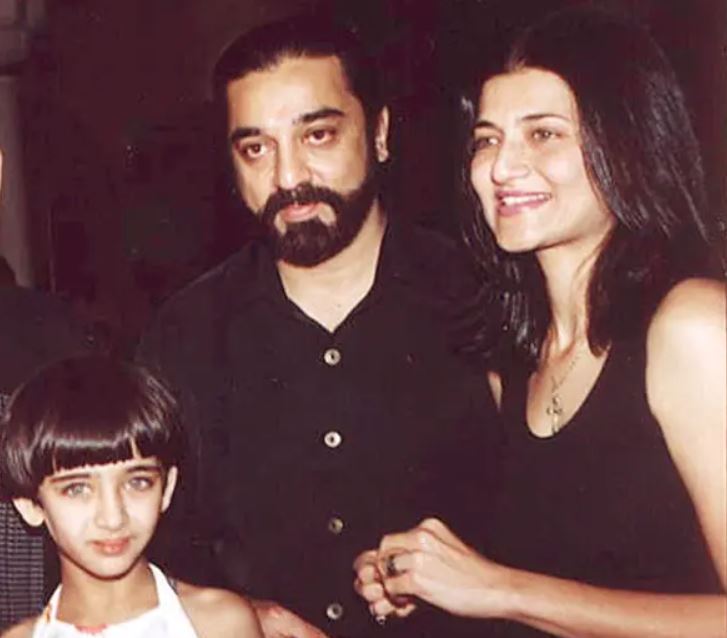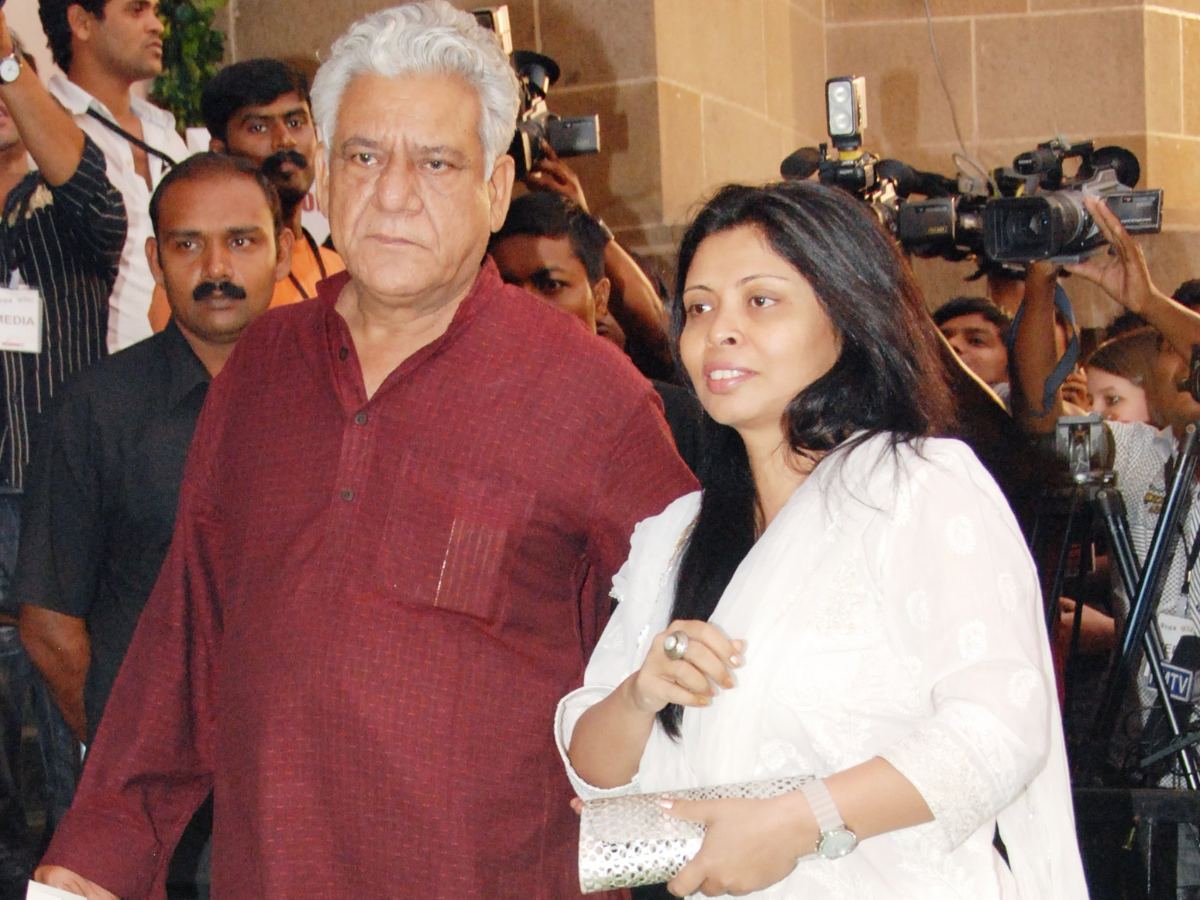Divorce among older couples is quietly becoming a rising trend in India, challenging traditional notions of lifelong marriage. A recent case from Haryana’s Karnal district sheds light on this emerging phenomenon of grey divorces. After 43 years of marriage, a 73-year-old woman and her 69-year-old husband decided to part ways, finalizing their divorce with a Rs 3.7 crore alimony settlement.
What makes this case particularly striking is the backdrop of their separation. The couple had been living apart for 18 years, with their relationship deteriorating long after their three children (two daughters and a son) were grown. The divorce petition (filed on grounds of alleged mental cruelty) saw its fair share of legal hurdles, with the matter eventually being resolved through High Court mediation. The settlement required the husband to sell his agricultural land and crops, highlighting the financial complexities often involved in grey divorces.
This case isn’t just an anomaly. It reflects a growing shift in India’s social fabric, where older couples are choosing to prioritize personal happiness and mental well-being over the traditional expectation of enduring marriages for life.
What Is Grey Divorce?
The term is relatively new to India. It describes the growing trend of couples over 50 — or those in long-term marriages — choosing to end their relationships. Long thought to be a Western occurrence, grey divorce has started to take root in India, even within the most traditional and high-profile families. The term “grey divorce” evokes the image of older individuals, those whose hair has turned silver with age, making the brave decision to walk away from long-standing marriages.
As Ashi Tomar, Senior Psychologist at Veda Rehabilitation & Wellness, explains: “The rise in divorces among older couples in India may be due to evolving social and cultural factors. Traditionally, marriages were meant for a lifetime, but more individuals now seek personal fulfillment and independence later in life.”
In the past, marriages were often held together by societal pressures, financial dependence (especially for women), and the stigma of divorce. Today, with shifting gender roles and evolving expectations, older individuals in India are no longer willing to endure unsatisfactory relationships simply to maintain appearances.
“Empty nest syndrome and emotional disconnection often bring unresolved conflicts to light, leading couples to reconsider their relationships. Women’s growing economic independence has empowered many to leave unsatisfactory marriages, which was difficult in the past,” adds Tomar.
This trend of late-life divorce is particularly visible among high-profile celebrities, where the pressures of maintaining a public image and evolving personal needs collide.
Saif Ali Khan and Amrita Singh
After 13 years of marriage, Bollywood actors Saif Ali Khan and Amrita Singh divorced. Although it occurred earlier in Saif’s life, their separation still falls into the category of a grey divorce. Amrita, who was 12 years older than Saif, faced the emotional and social challenges that come with being a single woman later in life, while Saif eventually found new love and remarried Kareena Kapoor.

Kamal Haasan and Sarika
The iconic actor Kamal Haasan and actress Sarika Thakur were married for 16 years before they parted ways. Sarika was reportedly left to rebuild her life emotionally and financially after the divorce. Her journey is an example of how challenging grey divorce can be, but also how it can lead to self-discovery.

Om Puri and Nandita Puri
This high-profile couple ended their 26-year-long marriage. Theirs was a relationship that, from the outside, seemed stable but broke under the weight of personal differences that surfaced over time.

Divorcing later in life is never easy. Emotional disconnection and unresolved issues that may have simmered beneath the surface for years now come to the forefront. Older adults who have devoted their lives to their families may find themselves asking, what now?
A New Era for Older Adults
The end of a marriage can sometimes lead to isolation, particularly if social circles were intertwined with the former spouse. Strengthening social connections is crucial. Reaching out to old friends or participating in community activities can help restore a sense of belonging. Financial independence is key to regaining control of your future. Older women, in particular, must take proactive steps to secure their financial well-being, including investments, retirement planning, and budgeting. While new romantic or platonic relationships can offer emotional support, the focus should be on forming meaningful connections rather than rushing into new commitments. It’s important to rebuild one’s life from a place of emotional strength.
The rise of grey divorce signifies that older adults are no longer willing to remain in marriages that do not bring them fulfillment. In India, where the sanctity of marriage was once non-negotiable, grey divorce is creating space for conversations about autonomy, personal growth, and the possibility of starting over.



